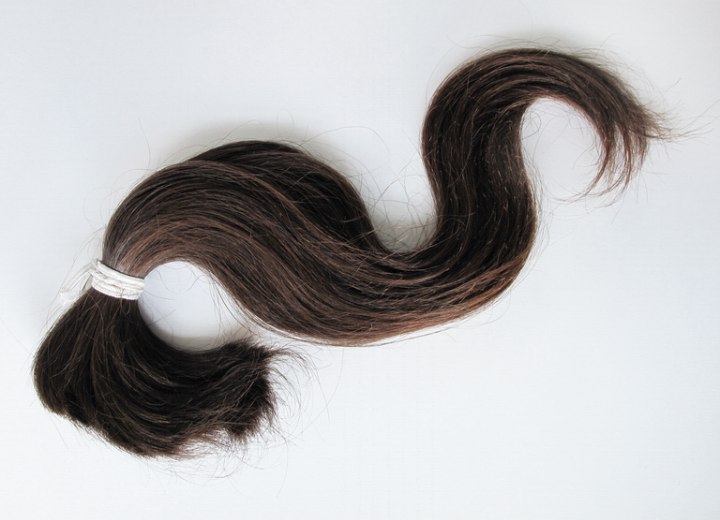Where Human Hair Extensions Come From

Is it mixed male and female hair? Is it from adults? Where do these companies get this hair, and how much do they pay the people for it? My concern is that people who are living in poverty may be being exploited for their hair. If you can give me any answers to these questions, I would appreciate it.
A: Well, the facts are that where the human hair for your extensions comes from can vary dramatically depending on the manufacturer and the quality of the hair in question.
The donors of the hair are often paid for it, and in such cases the hair is generally gathered in order to keep it orderly and easier to work with. There are, however, cases where the hair is given by individuals as a religious sacrifice and is not compensated financially. The temple then takes the hair and sells it to make money for the temple. The amounts of compensation usually seem very low by American standards, but may represent a month's wage for the region in which the sale is made.
Similar stories are found in every other area of the world where hair is sold. Of course, companies who deal in hair are looking to maximize their profit margins and therefore will buy hair for the lowest amounts they can negotiate. Those who are concerned over the potential for exploitation need to do their own investigations into the practices of the companies with which they wish to do business and make their own determinations as to what you feel is "fair" in this situation.
There are as many opinions as there are variations of the methods of hair harvesting. Some feel that the compensations offered are sufficient since the individuals are not prohibited from working to earn an additional wage, while others point out that the lack of potential employment precludes using hair sale as a secondary employment or supplement.
While others point to the temples that gather hair under the guise of religious sacrifice and then sell said hair for profit as performing villainous acts, some argue that the disposition of the hair after an individual offers it to the temple should be left to the temple and that profit for the temple enables them to do more for the people they serve.
©Hairfinder.com
See also:
Hair extensions
What is remy hair?
What is Yak hair?
What type of hair extensions are the cheapest but are human hair?